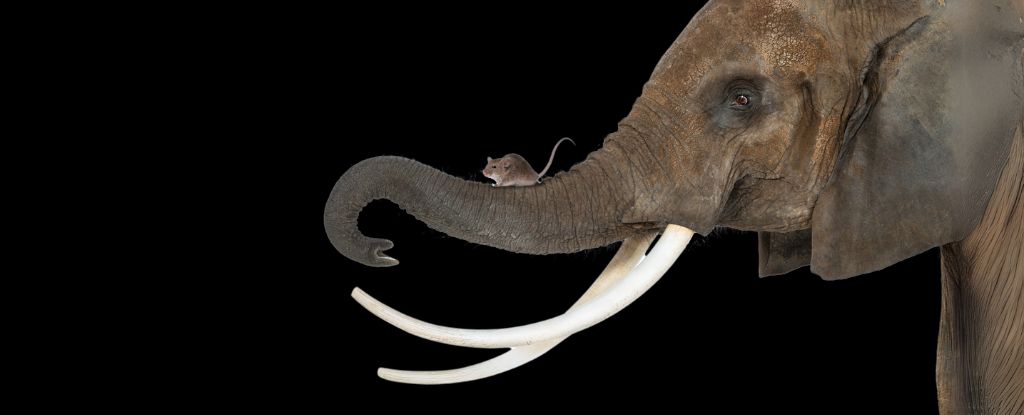Ground teams at Kennedy Space Center prepared on Saturday for a second attempt to launch NASA’s towering, next-generation moon rocket on its inaugural flight, hoping to have fixed engineering issues that thwarted the first countdown five days ago.
Early Saturday, launch controllers began loading the 32-story Space Launch System (SLS) rocket with fuel in preparation for a 2:17 p.m. EDT (1817 GMT) liftoff from Cape Canaveral, Florida, committing to a second attempt at a mission that will kick off NASA’s ambitious moon-to-Mars Artemis program 50 years after the last Apollo lunar mission.
The previous launch bid on Monday was canceled due to technical issues, which forced a halt in the countdown and postponement of the uncrewed flight.
According to tests, technicians have since repaired a leaky fuel line that contributed to Monday’s canceled launch, said Jeremy Parsons, a deputy program manager at the space center, on Friday.
Two other major issues with the rocket, a faulty engine temperature sensor and some cracks in the insulation foam, have been resolved to NASA’s satisfaction, Artemis mission manager Mike Sarafin told reporters Thursday night.
Weather is always a variable beyond NASA’s control. According to the US Space Force at Cape Canaveral, the latest forecast called for a 70% chance of favorable conditions during Saturday’s two-hour launch window.
If the countdown clock is restarted, NASA may attempt another launch on Monday or Tuesday.
The mission, dubbed Artemis I, marks the first flight of both the SLS rocket and the Orion capsule, both of which were built under NASA contracts with Boeing Co and Lockheed Martin Corp, respectively.
It also represents a significant shift in NASA’s post-Apollo human spaceflight program, which had previously been focused on low-Earth orbit with space shuttles and the International Space Station.
Artemis, named after the goddess who was Apollo’s twin sister in Greek mythology, aims to return astronauts to the moon’s surface as soon as 2025.
From 1969 to 1972, twelve astronauts walked on the moon during six Apollo missions, the only spaceflights to place humans on the lunar surface.
However, Apollo, born of the Cold War space race between the United States and the Soviet Union, was less science-driven than Artemis.
The new moon program has enlisted commercial partners such as SpaceX and European, Canadian, and Japanese space agencies to eventually establish a long-term lunar base of operations as a stepping stone to even more ambitious human voyages to Mars.
The launch of the SLS-Orion spacecraft is a critical first step. The spacecraft’s first flight will put the 5.75-million-pound vehicle through its paces in a rigorous test flight, pushing its design limits and aiming to prove the spacecraft’s suitability for carrying astronauts.
If the mission is successful, a crewed Artemis II flight around the moon and back could occur as early as 2024, followed by the program’s first lunar landing of astronauts, one of whom will be a woman, with Artemis III in a few years.
Powerful Rocket
The SLS billed as the most powerful and complex rocket in the world is the largest new vertical launch system built by the US space agency since the Saturn V of the Apollo era.
Barring any last-minute hiccups, Saturday’s countdown should end with the rocket’s four main RS-25 engines and twin solid-rocket boosters igniting to produce 8.8 million pounds of thrust, roughly 15% more thrust than the Saturn V, sending the spacecraft streaking skyward.
About 90 minutes after launch, the rocket’s upper stage will propel Orion into Earth orbit, setting it on a 37-day journey that will take it to within 60 miles of the lunar surface before sailing 40,000 miles (64,374 km) beyond the moon and back to Earth.
On October 11, the capsule is expected to crash land in the Pacific.
Although there will be no humans aboard, Orion will carry a simulated crew of three mannequins – one male and two female mannequins – who will be outfitted with sensors to measure radiation levels and other stresses that real-life astronauts would face.
One of the mission’s primary goals is to test the durability of Orion’s heat shield during re-entry as it hits Earth’s atmosphere at 24,500 mph (39,429 kph), or 32 times the speed of sound, on its way back from lunar orbit – much faster than more common re-entries of capsules returning from Earth orbit.
The heat shield is intended to withstand re-entry friction, which is expected to raise outside-capsule temperatures to nearly 5,000 degrees Fahrenheit (2,760 Celsius).
The SLS-Orion spacecraft has cost NASA at least $37 billion, including design, construction, testing, and ground facilities, after more than a decade of development and years of delays and budget overruns. According to NASA’s Office of Inspector General, total Artemis costs will be $93 billion by 2025.
NASA defends the program as a boon to space exploration, creating tens of thousands of jobs and generating billions of dollars in revenue.





